Market Trends
Key Emerging Trends in the Reverse Vending Machine Market
Within the emerging Reverse Vending Machine (RVM) Market landscape, companies are employing different strategies aimed at establishing and strengthening their market shares. An essential strategy is technological innovation, where firms concentrate on developing advanced RVMs that have improved efficiency, user-friendly interfaces, and new features. Another significant way companies can stay ahead of their competitors in the Reverse Vending Machine Market is through cost leadership. Companies should, therefore, optimize manufacturing processes, source materials efficiently, and achieve economies of scale so that they can make cheaper RVMs without necessarily reducing quality. This low-cost strategy enables companies to offer competitive pricing, thus making their machines affordable to a wider range of clients, leading to increased market share, particularly with an emphasis on increasing sustainability practices. Strategic collaborations and partnerships play an important role in defining market positioning within the Reverse Vending Machine Market. In most cases, businesses enter into partnerships with retailers, beverage producers, or waste management companies to provide integrated recycling solutions for them. The common approach used here is market segmentation whereby firms design RVM solutions tailored specifically for different environments such as retail stores, public places, or recycling centers. This segmentation allows enterprises to effectively address distinct concerns related to diverse waste management requirements and consumer behavior in specific situations, thereby facilitating the appropriateness of RVMs based on their respective applications, hence making companies specialists who handle different types of waste recycling needs. Geographical expansion is one of the primary strategies adopted by firms seeking a wider presence within the reverse vending machine market. Such exploration of new regions and venturing into emerging markets enables organizations to benefit from the increasing demand for sustainable waste management. Brand positioning is essential because customers' confidence and choice in reverse vending machines are influenced by it. Continuous research and development are of utmost importance if a player wants to remain competitive in the ever-changing Reverse Vending Machine Market. When companies understand emerging trends, waste management technologies, and consumer preferences, they can then adjust their RVM solutions accordingly. Consequently, the Reverse Vending Machine Market requires a company that wants to succeed within this tough industry to have an adaptable strategy. These strategies include technological innovation, cost leadership, strategic collaborations, market segmentation, geographical expansion, and brand positioning, which will secure companies' esteemed sustainable market share in the burgeoning field of waste recycling through continuous R&D.


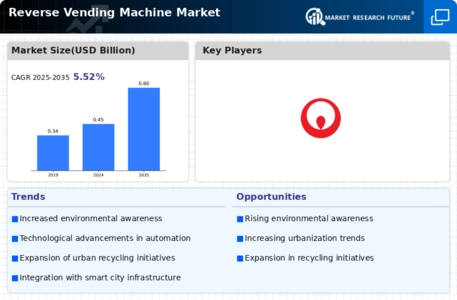
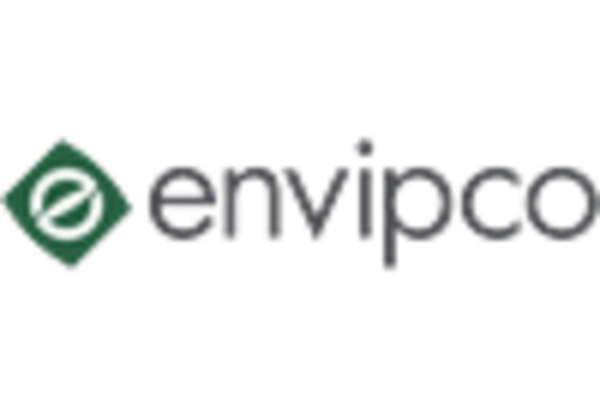
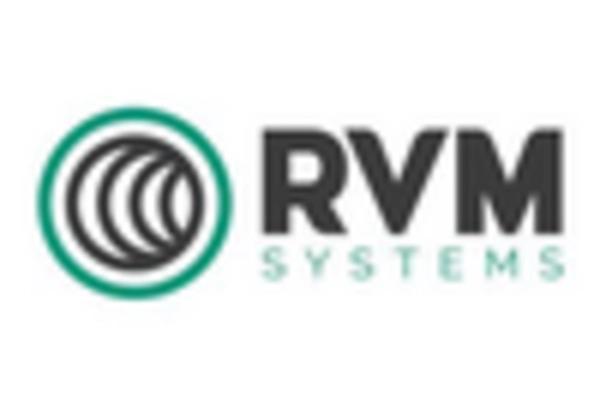

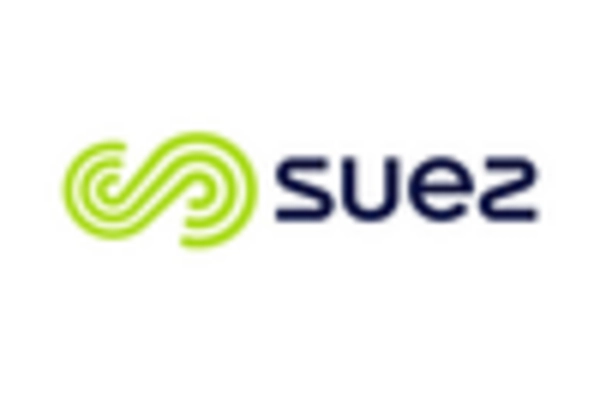
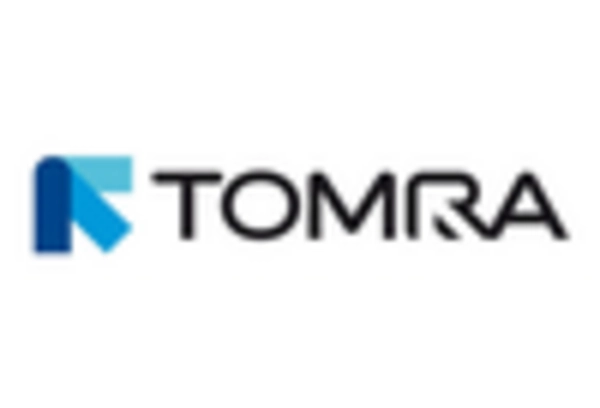
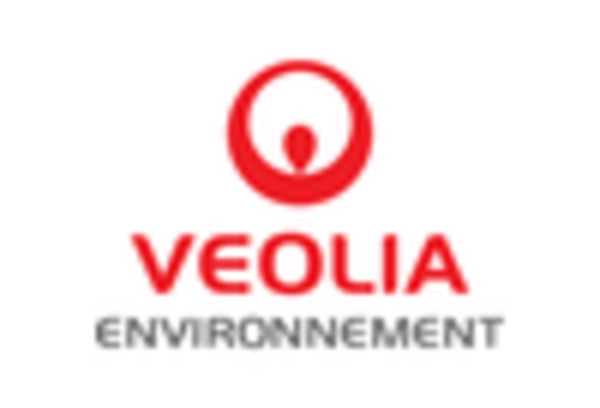









Leave a Comment